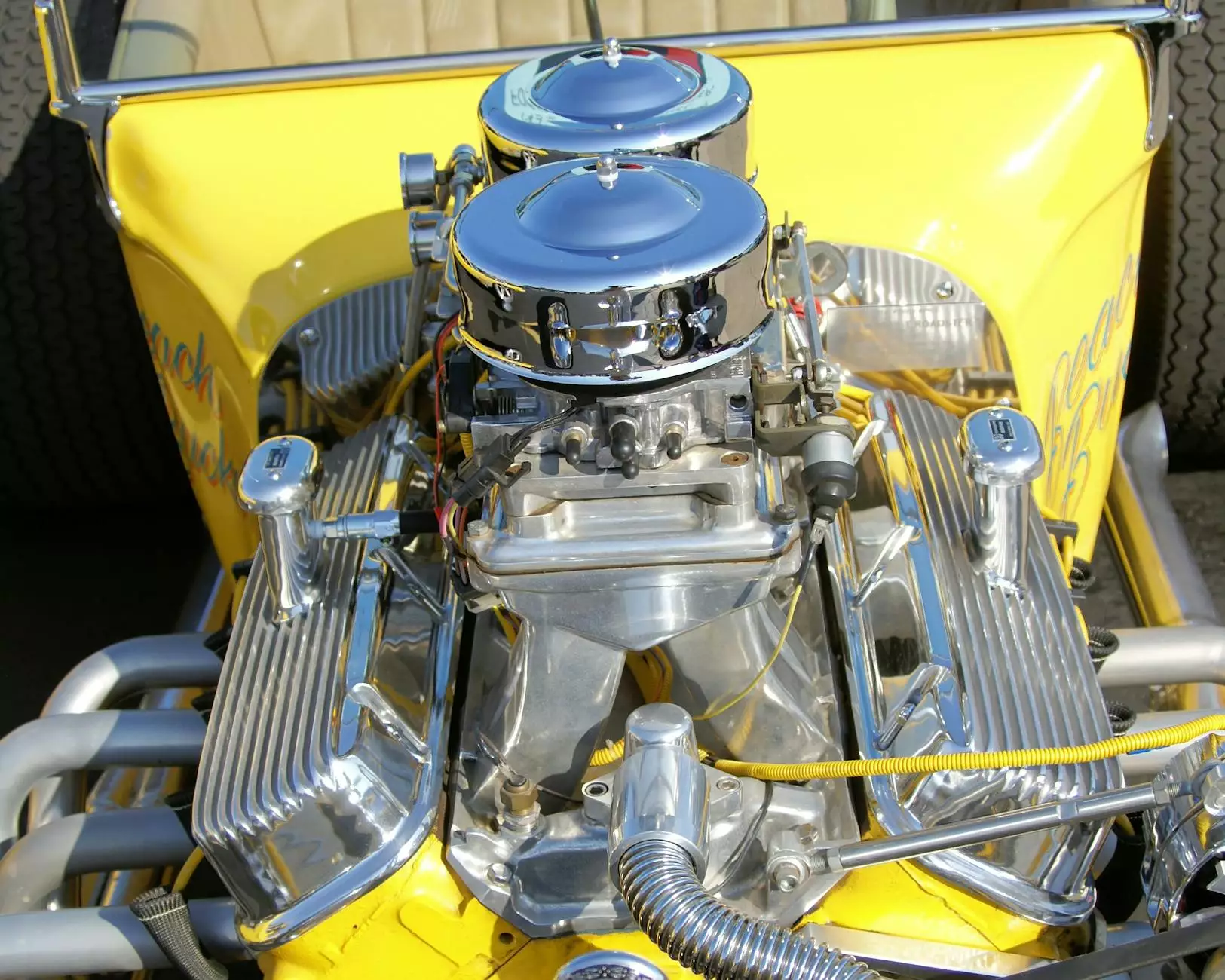Essential 4x4 Recovery Gear for Off-Road Adventures

When it comes to off-road adventures, nothing is more exhilarating than exploring rugged terrains in your 4x4 vehicle. However, with the excitement of venturing into the wild comes the inherent risk of getting stuck in unpredictable situations. Whether you're traversing muddy paths, sandy dunes, or rocky trails, having the right 4x4 recovery gear can make all the difference between a memorable adventure and a frustrating experience. In this comprehensive guide, we will delve into the essential recovery gear every off-road enthusiast should consider, ensuring you're well-prepared for any scenario.
Understanding the Importance of 4x4 Recovery Gear
Before we get into the specifics of the recovery gear itself, it's crucial to understand why having high-quality recovery equipment is vital for any off-road excursions:
- Safety: The primary concern in any off-road situation is safety. Proper recovery gear helps ensure that you, your passengers, and your vehicle remain safe during recovery operations.
- Efficiency: High-grade recovery gear allows you to quickly and effectively extract your vehicle without unnecessary delay, minimizing risk for both the vehicle and the occupants.
- Preparation: Having the right gear prepares you for any unexpected situations, giving you peace of mind as you navigate through wilderness terrains.
- Cost Savings: Investing in recovery gear may save you from costly towing services or repairs, making it a smart financial decision in the long run.
Essential 4x4 Recovery Gear: A Comprehensive List
Now that we understand the importance of recovery gear, let us explore the essential components that should form part of your off-road toolkit:
1. Recovery Straps
Recovery straps, also known as tow straps or recovery tow ropes, are crucial for pulling a stuck vehicle out of challenging situations. Unlike regular tow ropes, recovery straps are made from strong, elastic materials that allow for a gentle "snatch" effect, thereby reducing the likelihood of damage to your vehicle. Here are some key features to consider:
- Length: Look for straps that are at least 20 feet long to provide ample distance between vehicles.
- Weight Rating: Ensure the strap's weight rating exceeds the total weight of your vehicle for reliability.
- Material: High-quality nylon or polyester fabrics offer durability and flexibility.
2. Recovery Shackles
Recovery shackles are used to connect recovery straps to your vehicle's tow hooks or other recovery points. They are essential in ensuring that your recovery operation is safe and stable. Consider the following:
- Material: Opt for galvanized steel or aluminum for maximum strength and durability.
- Size: Choose a shackle that fits your recovery strap and vehicle precisely to avoid slippage during use.
- Safety Features: Look for shackles with safety locks or pins to prevent accidental detachment.
3. Winches
A winch is an invaluable tool when it comes to self-recovery. Whether you're facing a steep incline or stuck in mud, a winch can pull your vehicle out safely. Key considerations include:
- Winch Capacity: The winch should have a pulling capacity of at least 1.5 times your vehicle's weight.
- Power Source: Choose between electric or hydraulic winches depending on preference and usage scenarios.
- Type of Rope: Synthetic ropes are lighter and safer than steel cables, offering flexibility and breaking strain.
4. D-Rings
D-rings, also referred to as tow hooks or recovery points, are essential for attaching recovery straps or winch lines to a vehicle securely. Here’s what to keep in mind:
- Strength: Ensure they are rated for your vehicle’s weight and recovery situations.
- Mounting Options: Consider different mounting approaches based on your vehicle type and design.
5. Tire Deflators
Lowering your tire pressure can vastly improve your vehicle’s traction in sand or mud. Tire deflators allow quick and efficient tire pressure adjustments. Look for:
- Ease of Use: Automatic deflators save time and effort.
- Gauge Features: Having built-in tire pressure gauges can enhance accuracy.
6. Recovery Mats
Recovery mats can provide the traction necessary to help you escape from sticky situations like mud or snow. Consider the following:
- Material: Premium materials like rubber or reinforced plastic provide durability.
- Size and Portability: Look for mats that are easy to store and deploy.
7. Shovels
A shovel is a simple yet indispensable tool for off-road recovery. It can help dig out tires stuck in mud or snow. Key features include:
- Compact Size: Choose foldable models for easy storage.
- Material: Steel blades offer durability and resistance.
8. First Aid Kit
Safety should always come first. A well-stocked first aid kit can be a lifesaver in emergencies. Essentials include:
- Bandages and antiseptics
- Adhesive tape
- Analgesics and antihistamines
- Flashlight and emergency blanket
Best Practices for Using 4x4 Recovery Gear
It's not just having the right gear that's critical—knowing how to use it effectively is equally important. Here are some best practices to keep in mind:
1. Assess the Situation
Before attempting any recovery operation, it's essential to assess the situation. Determine how deep the vehicle is stuck and the type of terrain. Understanding the layout will help in choosing the right recovery method.
2. Use the Right Gear
Based on your assessment, select the appropriate recovery gear. Using the right tools dramatically enhances the chances of successful recovery.
3. Safety First
Always prioritize safety. Ensure bystanders and passengers are safe from moving vehicles and flying debris. Ensure everyone has a clear view of the recovery process.
4. Know Your Gear
Familiarize yourself with each piece of recovery gear before you need to use it. Knowing how to connect straps, use a winch, or attach shackles can save valuable time during recovery.
5. Practice
Practice recovery scenarios in safe environments so you can handle real-world situations with confidence. Hands-on experience reduces the risk of error when it counts most.
Conclusion: Gear Up for Adventure
Exploring the outdoors in your 4x4 can be an extraordinary experience, but it comes with inherent challenges. By investing in high-quality 4x4 recovery gear and understanding its proper use, you can enhance your safety and efficiency during off-road adventures. Remember to regularly check your gear for wear and tear, ensuring you're always prepared for unexpected situations. With the right gear and knowledge, you're set to conquer any trail that calls your name.
For all your 4x4 recovery gear needs, visit our online store at offroad-zone.com. Embrace the adventure with confidence and style as you hit the trails!









